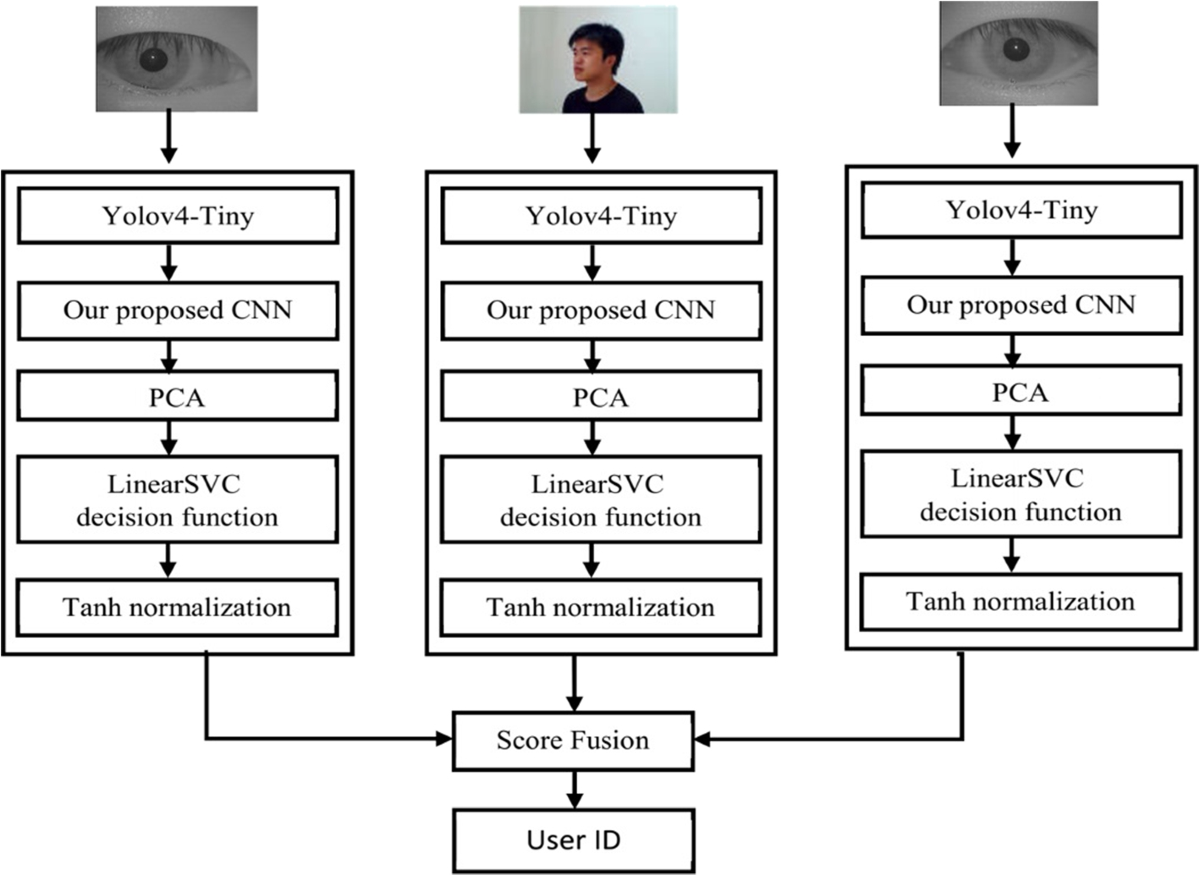Federated Deep Learning for Robust Multi-Modal Biometric Authentication Based on Facial and Eye-Blink Cues
Main Article Content
Abstract
The increasing demand for secure and user-friendly authentication mechanisms has led to the exploration of biometric systems that leverage unique physiological traits. Among these, face recognition and eye blink detection have emerged as effective and non-intrusive modalities. However, traditional biometric systems typically rely on centralized data storage and processing, raising significant concerns about user privacy, data security, and potential breaches. To address these challenges, this paper proposes a federated learning-based framework that combines face and eye blink recognition for robust user authentication.The proposed system utilizes OpenCV for real-time image capture and processing, enabling users to register by submitting facial images and customized eye blink patterns. These biometric features are used to train local models that remain on the user's device, ensuring that raw biometric data is never transmitted to external servers. Instead, model parameters are shared and aggregated at a centralized server using federated learning techniques, resulting in a global model that benefits from decentralized data sources while maintaining user privacy.The system is divided into key modules: face registration, eye blink training, federated model updating, and multi-modal authentication. Each module plays a vital role in establishing a secure and user-specific identity. The integration of eye blink recognition as a secondary verification layer significantly enhances the system's resistance to spoofing attacks and impersonation. Experimental evaluations demonstrate the system’s effectiveness in accurately identifying users while preserving privacy and reducing server dependency.This research offers a novel contribution to biometric security by combining federated learning with multi-modal authentication, paving the way for privacy-preserving, scalable, and intelligent user verification systems in real-world applications.
